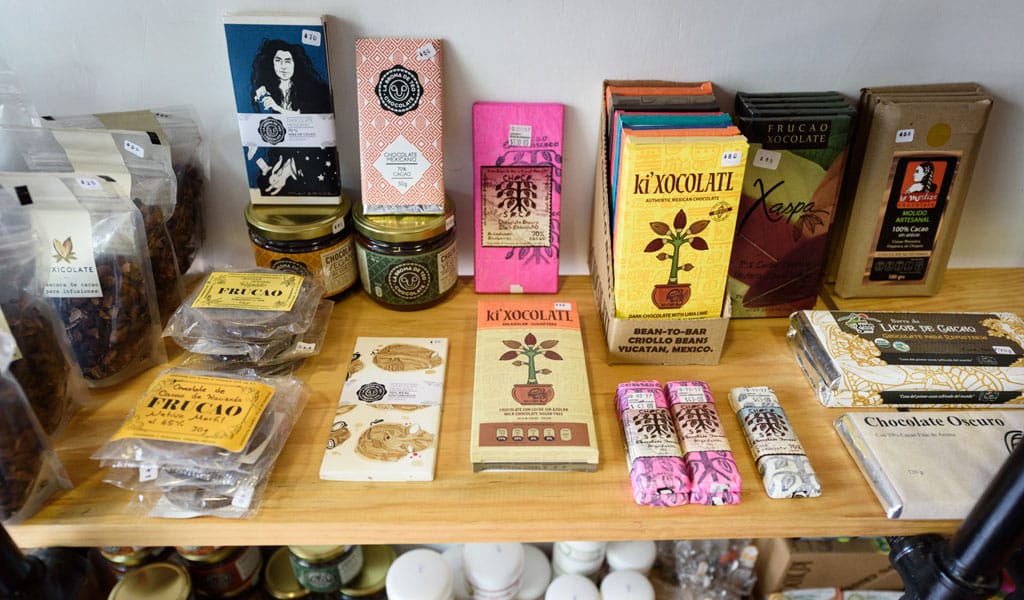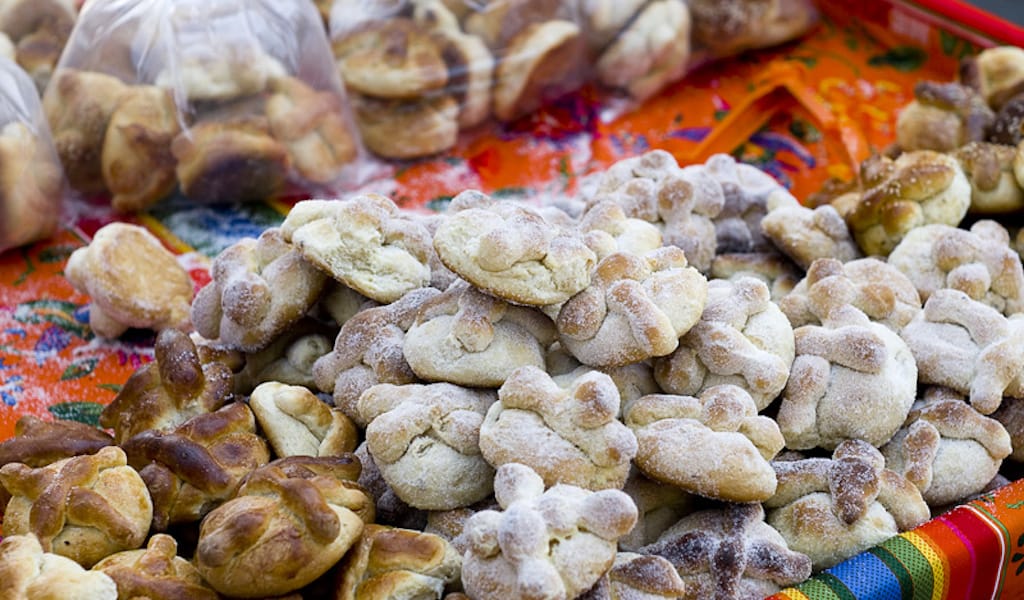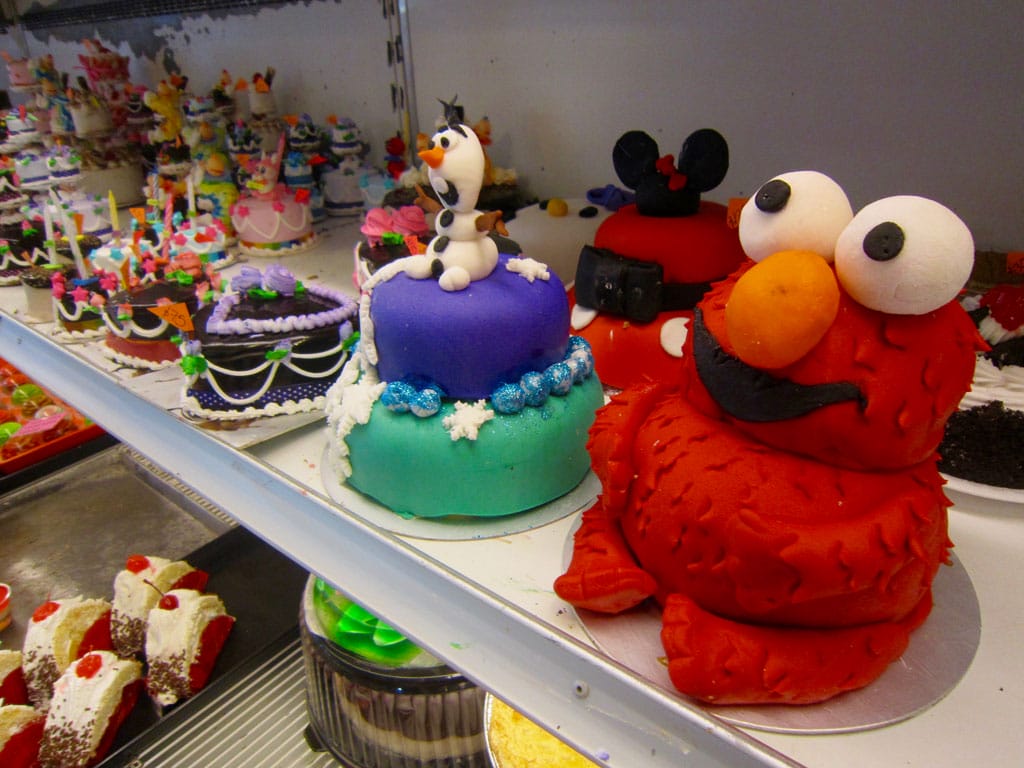Entering Central de Cacao, one might think it any other café in the hip neighborhood of Roma Sur. Sitting upon stools, customers hunch over their laptops, sipping from steaming mugs. A wide, beautiful geometric design hangs on the high wall behind the counter. To the left of the entryway, colorful products for sale line a stack of long shelves.
But upon closer inspection, the sweet nature of the cafe and store reveals itself. The contents of the steaming mug: chocolate. The geometric design behind the counter: molinillos, or traditional Oaxacan chocolate whisks. The products on the shelves: all chocolate. Chocolate-infused honey. 100 percent chocolate bars. Chocolate lotion. And even more striking, all of these goods are locally sourced and produced. Central de Cacao is not just a shrine to one of the world’s great gastronomic pleasures, it’s also a manifesto that claims Mexico can and does produce chocolate that’s among the best in the world.
 Though the cacao tree is native to the Americas, today most of the world’s gourmet chocolate products hail from Europe. So while much of the raw ingredients found in Swiss chocolate bars originate in southern Mexico and Central America, it’s much easier to find Lindt than a fancy local brand of chocolate at a Mexico City supermarket. Nevertheless, a recent wave of new independent chocolate producers has sprung up across Mexico. In mid-2016, 20 of those producers joined forces to open Central de Cacao in Mexico City.
Though the cacao tree is native to the Americas, today most of the world’s gourmet chocolate products hail from Europe. So while much of the raw ingredients found in Swiss chocolate bars originate in southern Mexico and Central America, it’s much easier to find Lindt than a fancy local brand of chocolate at a Mexico City supermarket. Nevertheless, a recent wave of new independent chocolate producers has sprung up across Mexico. In mid-2016, 20 of those producers joined forces to open Central de Cacao in Mexico City.
“We wanted to present Mexican chocolate in a variety of different settings,” said Belen Arrazola, a Mexican chocolatier and Central de Cacao’s occasional manager. “We wanted to create a special space to highlight and value the importance of chocolate in Mexican culture.” To that end, Central de Cacao is more than just a business, it’s also a sort of nexus for the high-end chocolate community in Mexico, hosting talks by chocolate luminaries in DF and other special events. On the day we visited, a Peruvian chocolatier who now crafts fine sweets in Tokyo dropped in to peruse the wares and sample the products.
The highlight of the cafe’s menu, chocolate con chile, epitomizes Central de Cacao’s reverence for the long history of Mexican chocolate. The drink approximates the bitter, black pre-Columbian concoction that the Europeans found the Mesoamericans sipping when they stepped off their boats. While the version served at Central de Cacao bows to modern preferences by sweetening the drink with a bit of sugar, it tastes like no other presentation of chocolate we’ve encountered.
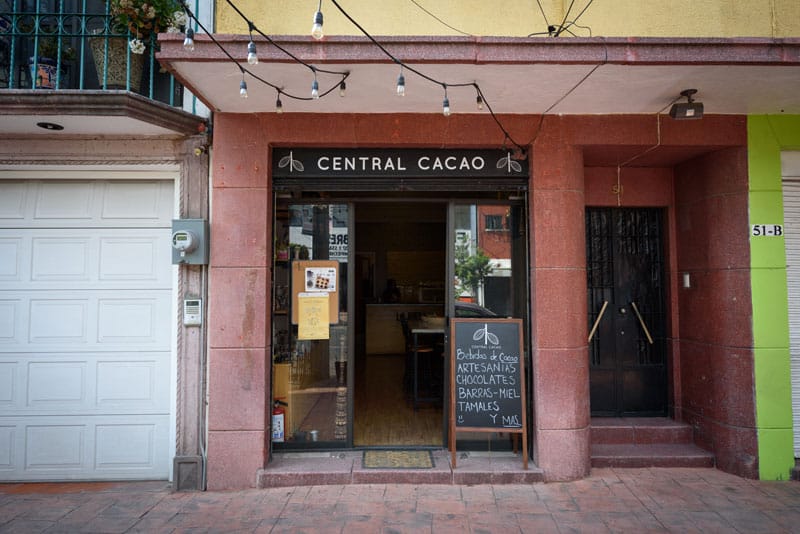
Other than the cacao, fresh from the Mexican states of Chiapas and Tabasco, the ingredients include water, cinnamon, pepper and black and guajillo chilies. While a hint of chocolate registers among the first flavors one sips, just as present are the cinnamon and chili, which piques the tip of one’s tongue. Only a touch of sugar is added, and without a strong sweetness for a crutch, the chocolate’s more bitter highlights prevail – heaven for those who prefer darker chocolate. After each gulp, a soft trail of spice follows the liquid down the esophagus, coming to rest warmly at the bottom of the stomach. Central de Cacao’s take on hot chocolate beverages is a thrilling rebuke to what in the Western tradition has become something of a homey, comfort food. Alternately, the chocolate con chile can be served cold and/or with milk instead of water.
While we were at Central de Cacao, we couldn’t pass up the opportunity to try the homemade brownies sitting on the cafe counter. Flavored with orange rind and sliced almonds, the subtle flavor of chocolate is as bitter as it is sweet. The brownie tends more to the crumbly and dry end of the spectrum, which is balanced well by a sip of the chocolate con chile.
 January 3, 2019 Raising the Bar
January 3, 2019 Raising the Bar
Athens supermarkets devote many shelves to Greek chocolate bars, and there is no […] Posted in Athens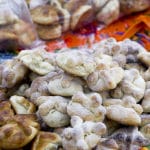 October 26, 2017 Día de los Muertos
October 26, 2017 Día de los Muertos
Día de los Muertos (Day of the Dead), or at least some variation of it, has been an […] Posted in Mexico City January 12, 2017 La Miniatura
January 12, 2017 La Miniatura
Julian Ramírez started out at the age of 14 as a shop boy at a busy bakery in Colonia […] Posted in Mexico City
Published on June 05, 2017
Related stories
January 3, 2019
AthensAthens supermarkets devote many shelves to Greek chocolate bars, and there is no shortage of shops in the city that produce their own chocolates with different fillings as well as truffles, along with other types of sweets. But the past year has seen a chocolate renaissance of sorts: two shops opened which are dedicated exclusively…
October 26, 2017
Mexico CityDía de los Muertos (Day of the Dead), or at least some variation of it, has been an annual celebration in Mexico for over 3,000 years. During the Aztec period, it took the form of a festival in August dedicated to Mictecacihuatl, otherwise known as the Lady of the Dead, who was the ruler of…
January 12, 2017
Mexico CityJulian Ramírez started out at the age of 14 as a shop boy at a busy bakery in Colonia Guerrero in 1959, then a bustling blue-collar neighborhood, easily connected to downtown by streetcar. Back then, at La Antigua del Guerrero, he learned the business: wiping windows, sweeping up and eventually making deliveries on his bike.…







































